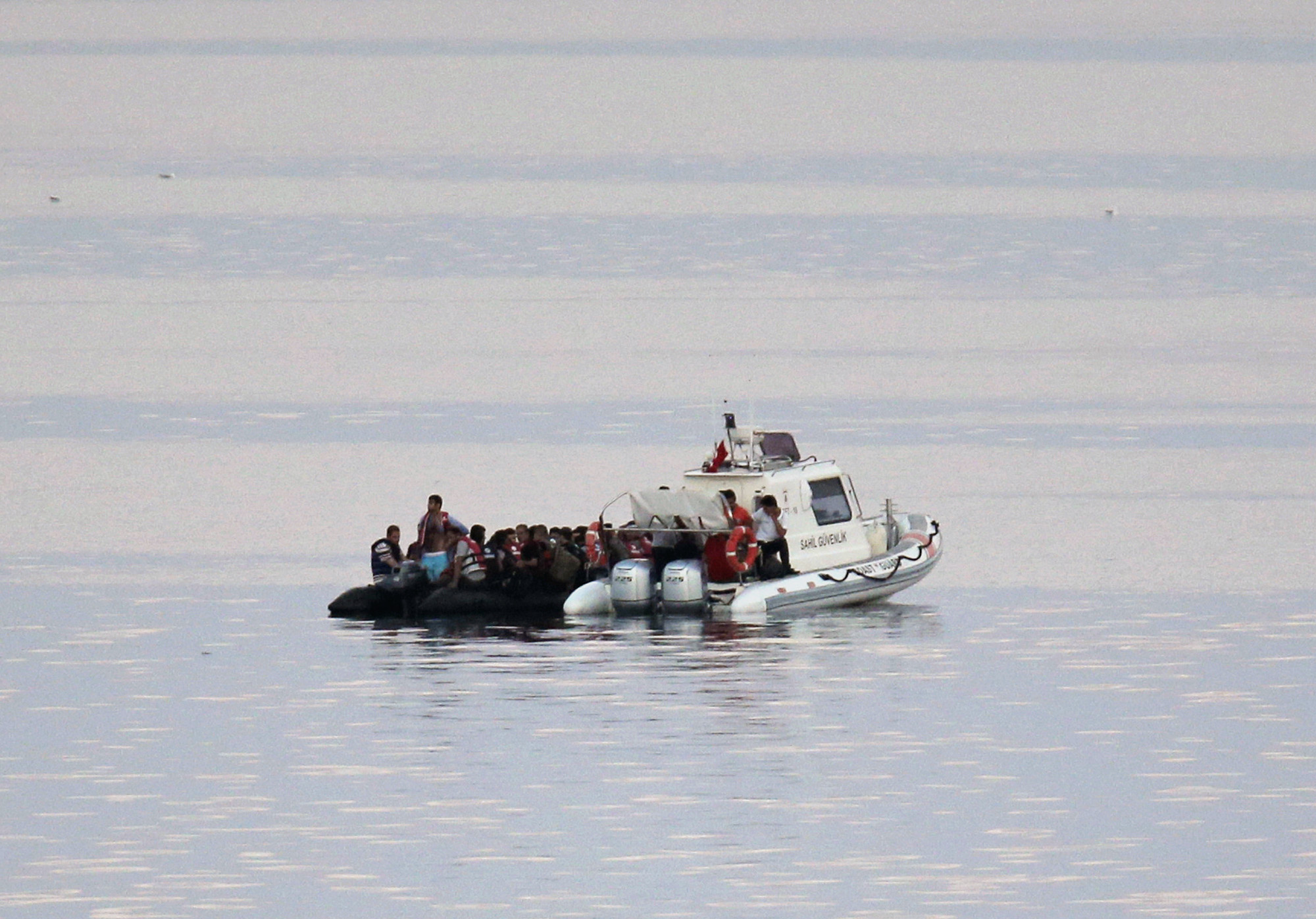Uncommon Knowledge
Newsweek is committed to challenging conventional wisdom and finding connections in the search for common ground.

When President Joe Biden announced a new immigration executive action last month that would protect an estimated 500,000 migrants from deportation, it was a political decision guaranteed to cause a fierce backlash from his political opponents.
Indeed, former President Donald Trump wasted no time in lambasting the policy. “Let’s be clear—Joe Biden’s executive order is for amnesty, not border security,” he said.
As the current race for the White House has shown, migration – and who can and who cannot cross the U.S.-Mexico border – is one of the totemic issues in American politics, with few topics more able to stir the emotions of voters at either end of the political spectrum.
But some countries are seemingly more relaxed than others about their border controls.
Newsweek has analyzed the latest available data and the Open Borders Index to create a map showing countries worldwide with the most open borders.
The Open Borders Index is a compilation of ten indicators related to the ease of travel and trade. The index was created together by the World Economic Forum to highlight countries that excel in ten measures of travel and trade. By combining these two aspects of border access, a country can be ranked in its openness to business. This includes the efficiency of customs administration, the efficiency of import-export procedures, and the transparency of border administration.
Higher scores typically indicate fewer barriers, promoting economic growth and international cooperation. Countries with lower scores usually have strict immigration controls, requiring visas or other forms of documentation for entry.
While no country officially maintains completely open borders, several nations have established open-border agreements with specific regions, exemplified by Europe’s Schengen Area.
For example, Belgium has an open border with fellow Schengen countries Germany along its Eastern border, and Spain which does not share a border, but not with Russia, which is a non-Schengen country.
Borders globally serve as the demarcation lines that define the territories of countries, signifying sovereignty and control. In essence, an open border is one where people can come and go without restrictions.
While several countries have agreements allowing freer movement between their territories, these arrangements often include additional limitations and conditions to maintain national security and economic stability.
Europe’s Schengen Area is the primary example of a region where borders are relatively open among member countries. This agreement, which includes 26 European nations, enables people to travel across member states without the need for passport or visa checks. Some of the notable countries include France, Spain, and Italy, as well as Germany, Netherlands, and Austria.
While these countries have open borders with each other, they maintain controlled borders with non-Schengen countries. This arrangement allows for a balance between ease of movement among member states and the ability to control and monitor immigration.
The debate surrounding immigration continues to evolve as discussions often incorporate economic theories, moral arguments, and the practical implications of border policies.

The argument for open borders tends to highlight potential economic and social benefits. Freedom of movement, it is argued, benefits the economy by bringing in skilled workers to supercharge economic growth. Workers migrating to other countries to work a high-paying job can help to alleviate poverty.
Open borders can also facilitate frictionless international trade and investment by reducing travel barriers and humanitarian benefits for those fleeing war-torn countries.
A European Commission official told Newsweek that: “Migration must be managed in a dignified and humane way. Focusing on a whole-of-route approach remains essential as the Commission works with countries of origin, transit, and EU Member States to save people’s lives and better manage migration.
“Legal migration has a positive impact all around: it gives those who want to migrate an opportunity to improve their circumstances while providing more skilled workers for host countries, who in turn boost the economy for all.”

Those opposed to open border policies argue that an influx of migration risks overwhelming public services, cities face the risk of over-population and some experts say migration presents a security risk.
Dr Tom Hoctor, a political sociologist at the University of Bedfordshire, said that open border policies can “put pressure on health services and housing” and give rise to resentment towards migrants over additional pressure on public services.
While fully open borders are not practiced today, agreements like the Schengen Area showcase the potential benefits of such policies. Whether advocating for economic growth or national security, the dialogue on border policies remains essential in shaping the global landscape.
Do you have a story we should be covering? Do you have any questions about this article? Contact LiveNews@newsweek.com
Newsweek is committed to challenging conventional wisdom and finding connections in the search for common ground.
Newsweek is committed to challenging conventional wisdom and finding connections in the search for common ground.